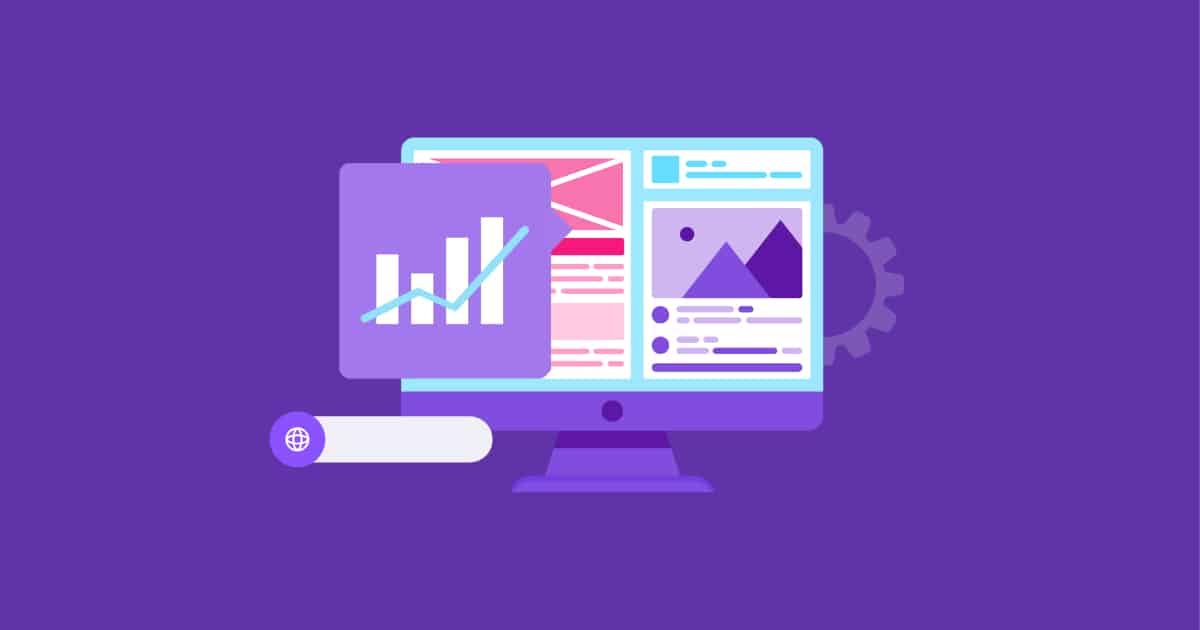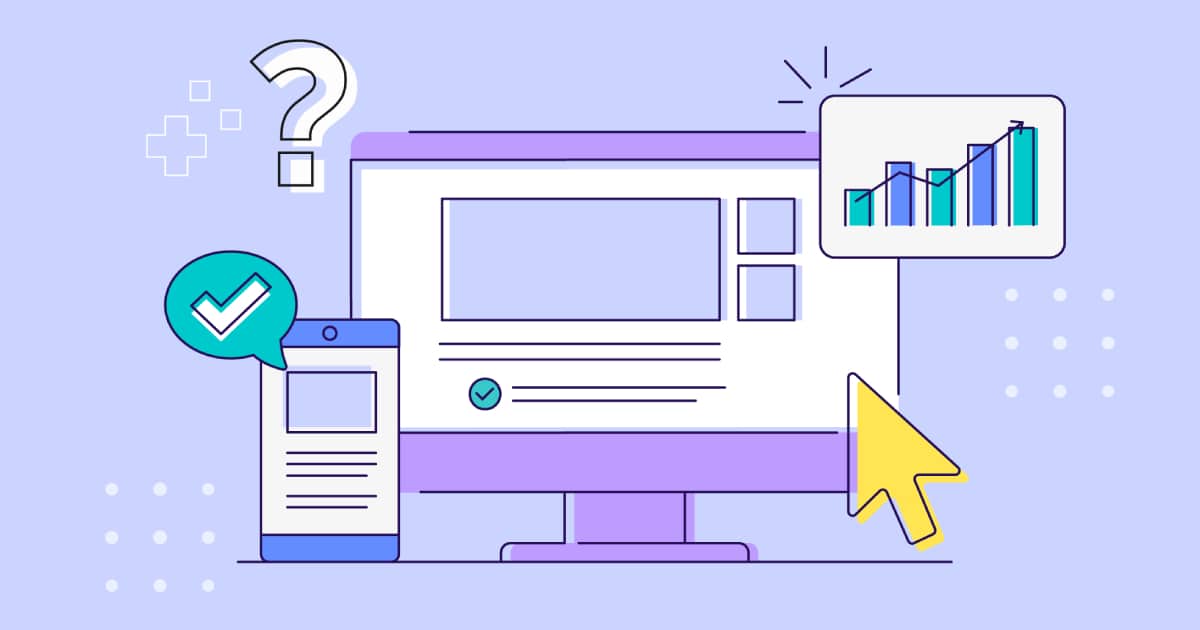Content marketing has become an essential strategy for businesses looking to attract and retain customers in the digital age. However, creating high-quality content is only half the battle – you also need to be able to measure the effectiveness of your content marketing efforts. Having clear metrics and analytics allows you to see what’s working and what’s not, enabling you to optimize your approach for better results.
In this comprehensive guide, we’ll explore the key metrics and methods for accurately measuring content marketing success.
Why Measuring Content Marketing Matters

Here are some of the main reasons measuring content marketing success is crucial:
Identifies high-performing content: Analytics show you which pieces of content are resonating most with your audience. This allows you to double down on what’s working.
Spots underperforming content: On the flip side, you can see which content fails to make an impact so you can tweak or replace it.
Maps content to conversions: Quality analytics connects content engagement to meaningful actions like sales, leads, and sign-ups.
Shows overall content ROI: With robust data, you can calculate your overall return on investment from content marketing activities.
Guides future strategy: The data points the way forward, revealing where you should be creating more content and how to improve.
In summary, proper measurement provides the insights you need to optimize every aspect of your content marketing. It transforms content creation from guesswork to a data-driven approach.
Content Marketing Metrics That Matter
Now let’s explore the key metrics you should be tracking for your content marketing.
Engagement Metrics
Engagement refers to how much your audience interacts with your content. Here are important engagement metrics:
Pageviews: Total pageviews measures overall traffic. It’s a broad metric that gives a sense of the popularity of your content.
Unique pageviews: This counts the number of people (not just pageviews) who visit each piece of content. Improving this means expanding your reach.
Time on page: How long visitors spend reading or consuming a piece of content. Higher dwell time shows engaging content.
Social media shares: Tracks how often your content gets shared on social media platforms. More shares signal you’re creating shareworthy content.
Backlinks: The number of external websites linking back to your content. More backlinks indicates high-quality, useful content.
Conversion Metrics
Conversions refer to when someone takes a desired action after engaging with your content. Relevant conversion metrics include:
Sales: Did a sale take place after someone read your content? Track this at the blog post or landing page level.
Leads: How many new leads were generated from content? Be sure to connect conversions to sources.
Email subscribers: Did people sign up for your email list after accessing your content? Monitor sign-ups per blog post or asset.
Downloads: Keep track of how often resources like ebooks, kits or templates get downloaded following content consumption.
Comments: Are people commenting on your content or sharing feedback? Higher comments equals increased engagement.
Business Impact Metrics
These metrics look at how your content marketing activities contribute to critical business goals:
Revenue contribution: What portion of overall revenue can be attributed to your content marketing efforts?
Cost per lead: What’s the average cost to generate a lead with your content (total cost divided by number of leads)?
Brand awareness: Are brand awareness surveys or metrics showing your content plays a role in increasing awareness?
SEO value: Is your content improving your search rankings and driving organic traffic to your site? Track organic traffic and keywords.
Reduced ad spending: Can you directly attribute lower ad costs to increased leads or sales from content marketing?
Methods for Measuring Content Marketing
Now that we’ve covered key metrics, how can you actually track them? Here are proven methods for measuring content marketing success:
1. Web Analytics
Your web analytics software (like Google Analytics) will be vital for assessing your content. Take advantage of features like:
- Traffic source tracking to see which content drives the most referrals
- Behavior flow reports to map the user journey through your site
- Conversion tracking to connect content to goals completed
- Custom campaign tags to measure specific content properties or distribution channels
2. UTM Tracking Parameters
UTM codes allow you to see exactly where visitors came from when they landed on your site. Tag links in your content with UTM parameters to identify:
- Social media clicks
- Email clicks
- Paid ad clicks
- Referral content clicks
This reveals the true conversion value of all your distribution efforts.
3. Search Engine Rankings
Use tracking software or manually search target keywords to monitor your search rankings over time. Improving rankings show your content and SEO are working.
4. Social Media Analytics
Social networks provide tons of free analytical data. Monitor metrics like shares, clicks, reactions, and comments on your social content.
5. Content Marketing Platforms
All-in-one content marketing platforms include built-in analytics on content performance. They compile data for you across multiple channels.
6. Surveys
Asking visitors and customers directly through surveys provides qualitative data on how your content influences them.
Key Takeaways for Measuring Content Marketing Success

Here are the big takeaways to effectively measure and optimize your content marketing:
- Track engagement, conversion, and business impact metrics to get the full picture.
- Make analytics part of your process from day one rather than an afterthought.
- Connect content marketing to actual sales, leads, sign ups, and downloads.
- Identify your most successful pieces of content as well as underperformers.
- Continuously test new content formats and distribution channels.
- Use UTM tracking codes to monitor the impact of each distribution channel.
- Let data guide your strategy and content creation decisions. Experiment and iterate based on insights.
Implementing effective tracking and measurement is the key to unlocking the true potential of your content marketing. By continually monitoring performance through web analytics, UTM codes, search rankings, social stats, surveys and more, you gain crucial insights to create better content that outperforms the competition.
Dedicate time to analyze metrics on engagement, conversions, and business impact. Map the user journey from initial visit to final conversion. Identify high-flyers as well as underperformers. Let data guide your strategy, optimize based on insights, and prove the ROI of your efforts.
In the digital age, successful content marketing depends on listening to the signals from your audience and improving based on data and analytics. Follow the measurement best practices outlined here, and you’ll be well-equipped to turn your content marketing into a results-driving powerhouse.
FAQs
Ideally, you should monitor content metrics on a consistent, ongoing basis through analytics dashboards and reports. Analyze detailed data weekly or monthly.
Focus first on engagement metrics like pageviews and time on site. Then look at conversion metrics like leads and sales. Finally assess business impact KPIs like revenue contribution.
At minimum, web analytics like Google Analytics and UTM campaign tracking codes are essential. You can add on content marketing suites or social media analytics as needed.
Use UTM parameters, conversion tracking, and analytics features like multi-channel funnels to tie content to actions completed on your site.
Ideally 5-10% of your total content marketing budget should go toward analytics tools, tracking time, and analyzing/optimizing based on data.
Add up the revenue generated from content. Subtract the costs of creation and distribution. Divide the revenue by costs to get your ROI percentage.
Related articles
 Anas is our go-to copywriter with a knack for crafting persuasive and high-converting eCommerce landing pages. His passion for words and understanding of consumer psychology helps turn visitors into loyal customers. When he's not refining his copy, Anas enjoys exploring the latest digital marketing trends and experimenting with new writing techniques. His blend of creativity and strategic thinking makes him an indispensable part of our energetic team.
Anas is our go-to copywriter with a knack for crafting persuasive and high-converting eCommerce landing pages. His passion for words and understanding of consumer psychology helps turn visitors into loyal customers. When he's not refining his copy, Anas enjoys exploring the latest digital marketing trends and experimenting with new writing techniques. His blend of creativity and strategic thinking makes him an indispensable part of our energetic team.












